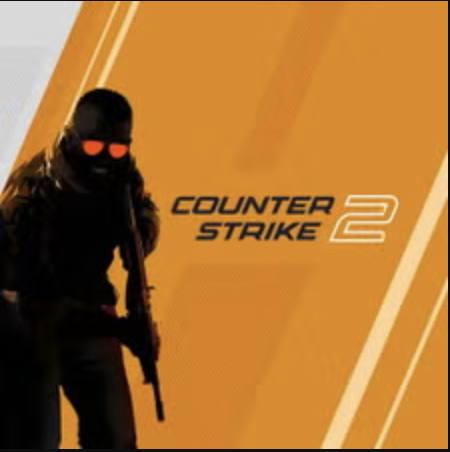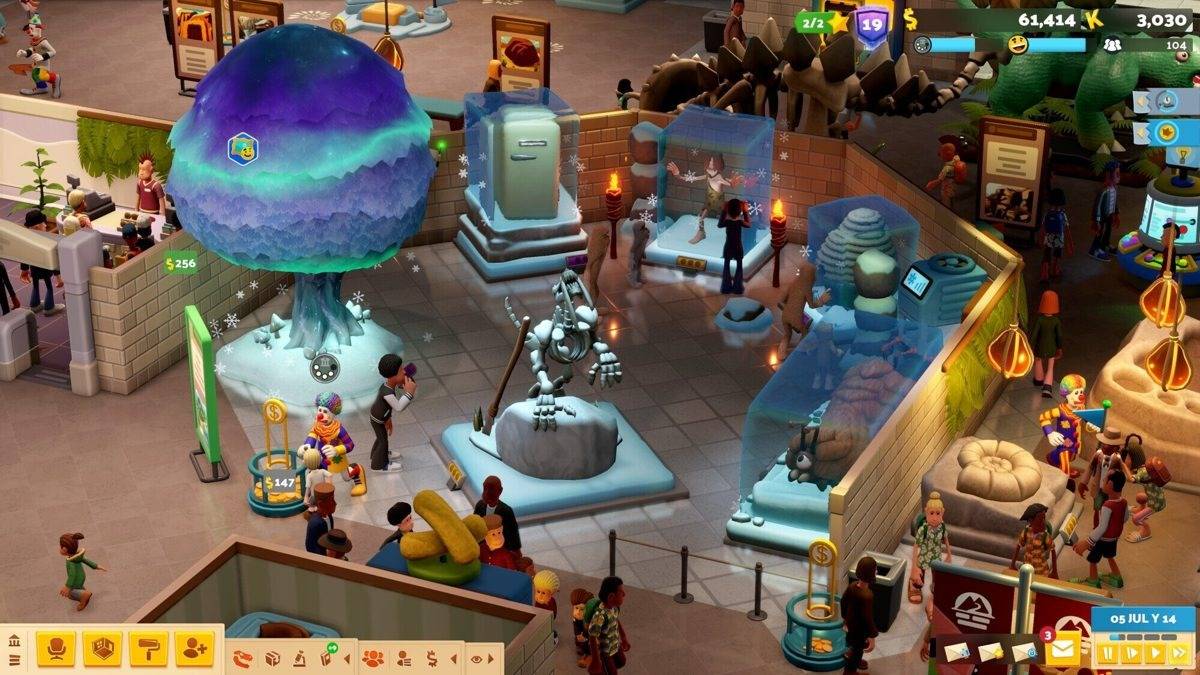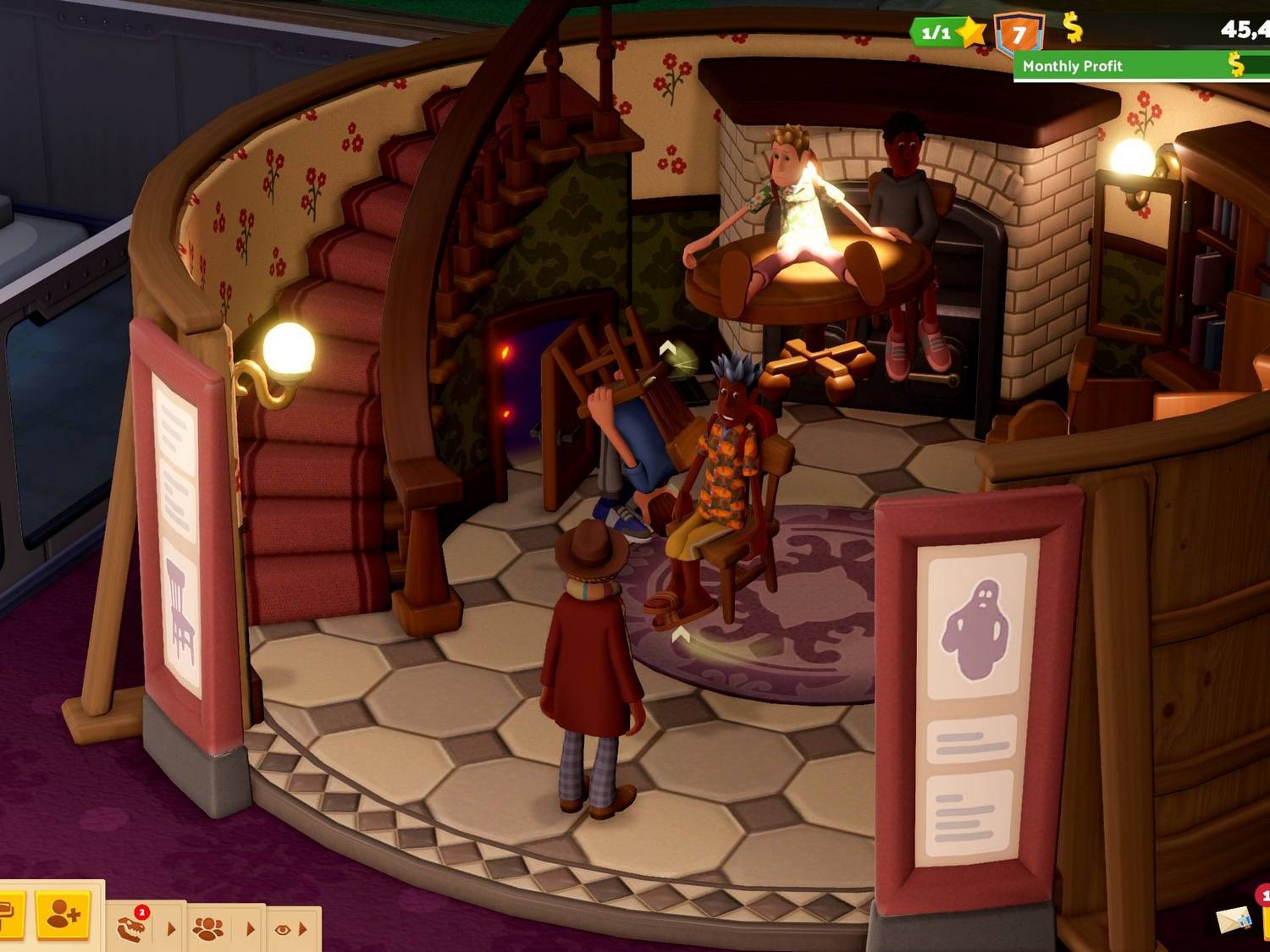The Unexpected Management Lesson from Two Point Museum
Popular Now
 Schedule I
Schedule I
 Black Myth: Wukong
Black Myth: Wukong
 Sonic the Hedgehog™ Classic
Sonic the Hedgehog™ Classic
 Call of Duty
Call of Duty
 Among Us
Among Us
 Roblox
Roblox
 Counter-Strike 2
Counter-Strike 2
 EA SPORT FC 25
EA SPORT FC 25
 Genshin Impact
Genshin Impact
 Free Fire Max
Free Fire Max 
In the vibrant, often chaotic world of Two Point Studios’ latest simulation game, Two Point Museum, the challenge extends far beyond curating ancient artifacts and attracting tourists. At its core, the game is a masterclass in management, where your decisions, or lack thereof, directly impact the well-being of your staff. What starts as a fun, lighthearted endeavor to build a world-class institution quickly morphs into a humbling, and at times brutal, look at the responsibilities of a boss. The game, with its signature humor and charm, uses a surprisingly effective mechanic to shame players into becoming better, more empathetic leaders. It’s a powerful, subtle nudge that turns the typical management sim on its head, forcing players to prioritize employee welfare just as much as profits.
 The Crying Janitor and the Power of Shame
The Crying Janitor and the Power of Shame
The core of this management lesson is a simple yet devastatingly effective mechanic: the public shaming of a neglectful boss. In Two Point Hospital and Two Point Campus, staff would get angry or quit, but the feedback loop was largely transactional. In Two Point Museum, the developers have taken it a step further. Your employees, exhausted from unmanaged workloads and poor working conditions, will visibly break down. A janitor, overwhelmed by a mountain of trash, might be seen weeping quietly in a corner. A security guard, left alone to manage a bustling exhibit, might collapse from exhaustion. The game doesn’t just show a status bar; it shows genuine, heartbreaking distress. These visual cues are a powerful form of feedback, making the player feel a tangible sense of guilt for their mismanagement.
This emotional resonance is amplified by the public nature of these breakdowns. The distressed staff members are not hidden away; they are visible to your visitors, who react with gasps and concerned murmurs. This public humiliation, a direct consequence of your poor leadership, serves as a more powerful motivator than a simple dip in a profit graph. It forces players to connect with their digital employees on a human level, making you feel responsible for their happiness and well-being. Suddenly, building a break room with comfy chairs and a snack machine isn’t just a strategic choice; it’s a moral imperative. This mechanic transforms the game from a simple resource management puzzle into a lesson in empathy.
From Micromanagement to Mindful Leadership
The game’s initial difficulty spike is often rooted in the player’s failure to recognize this crucial shift. New players, accustomed to the “run it into the ground” strategy of other management sims, will find their museums quickly falling into chaos. Employees will quit, visitor ratings will plummet, and the museum will become a ghost town. It’s only when you learn to prioritize your staff that the museum truly begins to thrive. Providing proper training, ensuring manageable schedules, and creating a comfortable work environment are no longer optional—they are essential for success. The game rewards a mindful approach to leadership, where you are not just a puppet master but a genuine boss who cares about their team. It’s an innovative approach that encourages a different kind of gameplay loop, one focused on nurturing and growth rather than pure exploitation.
This is where Two Point Museum really shines. It’s a game that entertains while teaching a valuable lesson about the importance of empathy in leadership. The shame of seeing a crying janitor is a powerful motivator, a digital mirror reflecting the consequences of neglect. It’s a brilliant piece of game design that not only makes the game more challenging but also more meaningful. It proves that a truly successful business, even a virtual one, is built on the foundation of a happy and supported workforce. In the end, it’s not just about building the biggest museum; it’s about being the best boss you can be.









 The Crying Janitor and the Power of Shame
The Crying Janitor and the Power of Shame